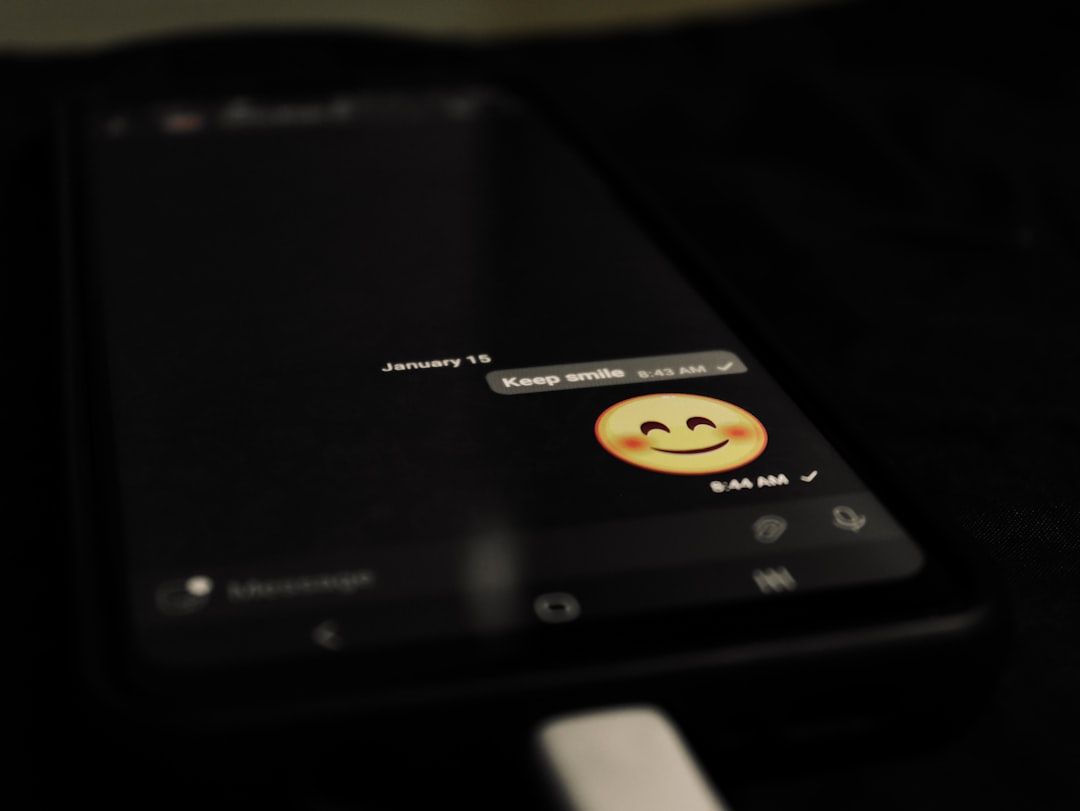
When you talk to Siri, ChatGPT, or any other AI helper, do you know it’s truly AI responding to you? Most of the time, yes. But how do you know for sure? That’s where AI disclosure comes in. And making that disclosure clear, kind, and non-scary is part of what we call AI Disclosure UX.
Let’s break that down.
What is AI Disclosure?
It’s a way of telling people, “Hey! You’re not chatting with a human right now. This message was written by artificial intelligence.”
Sounds simple, right? But here’s the tricky part: how do you say that without making people feel uncomfortable? Or worse, scared?
That’s the art of it. And that’s where good UX (user experience) design comes in.
Why Disclosure Matters
- Trust: People are more likely to trust something when they know what it is.
- Honesty: Users deserve the truth. If an AI wrote it, we should say so.
- Accuracy: A disclosure lets people know that while AIs can be smart, they still make mistakes.
We’ve all had those moments when an AI says something smart — or totally weird. Disclosure helps set the right expectations.
Don’t Make AI Sound Like a Robot
One of the biggest fears around AI is it replacing humans. That’s why it’s so important to communicate AI’s presence in a friendly and familiar way.
No need for blinking warning signs. Just something easy, like:
- “I’m an AI assistant here to help!”
- “This message was written by AI, then reviewed by a person.”
- “Powered by AI. Guided by people.”
These kinds of statements feel warm. They’re not scary. They respect the user. And that’s key.

Good Examples of AI Disclosure UX
- Google’s AI in search results: Sometimes you’ll see an extra box with AI-generated summaries. At the top, it says “AI Overview.” Simple. Short. Clear.
- Spotify’s AI DJ: It introduces itself at the start and explains it picks songs using AI. People love it because it feels cool, not creepy.
- Notion AI: When it helps write content, there’s often a little note that says it used AI. No big banners. Just a gentle nudge.
Bad Disclosure = Bad UX
No disclosure at all? That’s a problem. It feels shady. Or maybe the AI says something weird and now people are confused. That’s how trust gets broken.
Another fail: using words that are either too technical or too alarming. For example:
- “This content was auto-generated by machine algorithms and may contain errors.” 😬
- “Computer-synthesized language detected.” What does that even mean?
People don’t want to feel like they’re in a sci-fi movie when they order pizza online. A calm, confident message does much better.
Designing Words That Work
Let’s make writing these disclosures fun! Think of them like little introductions or a badge of honor — not warnings.
Here’s a simple formula:
- Lead with positive intent. “I’m here to help!”
- Say what you are. “I’m an AI tool crafted to assist you.”
- Reassure the user. “A human is just a tap away.”
Users want to know they’re talking to AI. But they also want to know that AI was built to help — not to trick them.
Buttons, Labels & Badges
Disclosure can be more than just a sentence. It can be part of the design!
Think of:
- Labels: “AI Powered” badges in the top corner.
- Tooltips: Hover over a symbol and get more info.
- Onboarding: A short intro when a user first tries the AI feature.

These little design bits help users feel in control. They see that the platform is being respectful and informative. That’s top-tier UX.
But What If People Get Scared?
Here’s the thing: people aren’t afraid of AI because of disclosures. They get spooked when AI is hidden or feels sneaky.
Honesty builds trust. And trust keeps users around. So we shouldn’t avoid telling people when AI is involved. We should just tell them nicely.
In fact, showing that you’re using AI — and making it helpful — can be a huge selling point. People love cool tech! Just don’t overcomplicate it.
Tips for Happy Disclosures
- Keep it short. One or two sentences is enough.
- Avoid scary words. “Generated by machine learning” might sound technical. Try, “Brought to you by our helpful AI assistant!”
- Repeat gently. A soft reminder when needed is better than a single pop-up followed by silence forever.
- Give options. Let people switch off AI if they want. Or choose how much AI help they’d like.
Who Should Be Disclosed To?
Everyone! Whether it’s a casual user browsing a website or a business professional using an email assistant, people must know when they’re interacting with AI.
That doesn’t mean flashing signs. It just means being respectful and honest — all the time, for all users.
Big Wins from Little Messages
It’s funny how something as small as a one-line note can make such a difference. But that’s the power of words. Especially in UX.
With clear disclosures, platforms can:
- Build stronger relationships with users.
- Avoid misunderstandings or backlash.
- Make AI tools feel more useful and friendly.

Conclusion: Say It Proud, Say It Kind
AI isn’t going away. It’s only growing. And as it grows, so must our responsibility to use it openly and kindly.
A well-designed AI disclosure is like a good handshake — it introduces, it sets the tone, and it builds a connection. So let’s not be afraid to say, “Hey, I’m AI… and I’m here to help.”
Because when you tell people the truth, and you say it the right way, there’s nothing to fear.
Transparency builds trust. Trust builds loyalty. And that’s what great UX is all about.





